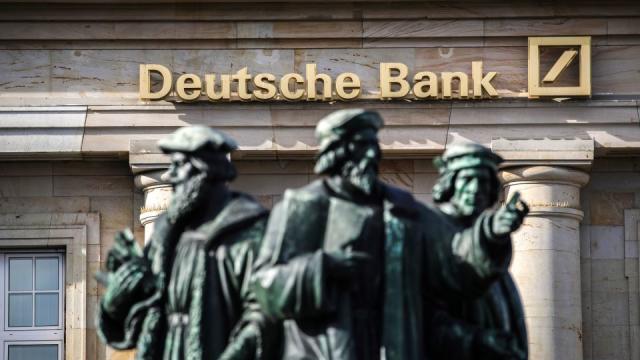Ethereum’s integrated staking rate has emerged as a significant factor in the investment landscape for ether. Understanding and measuring this rate are pivotal in driving innovation and acceptance of ETH-based financial products. The transition of Ethereum to a proof-of-stake consensus mechanism not only laid the groundwork for the liquid staking ecosystem but also introduced a native crypto rate that can play a crucial role in market structure.
The staking rate, which measures the total income received by stakers for validating Ethereum transactions, holds immediate relevance in decentralized finance (DeFi), centralized digital asset finance, and traditional finance, sparking demand for an ether staking rate for benchmarking, research, and risk management.
Benchmarking Adoption and Integration
The widespread adoption and integration of digital assets into investment portfolios are pivotal to the future of the digital assets industry. While many investors may initiate their foray into the crypto world with Bitcoin, the investment case for Ethereum is increasingly attracting attention as the next logical step. Ethereum not only boasts a history and scale but now offers an integrated yield through staking.
As the concept of staking becomes better understood, investors are likely to seek more predictable yield rates. Furthermore, they will engage various providers such as Liquid Staking Tokens (LSTs), funds, Exchange-Traded Products (ETPs), Centralized Exchanges (CEXes), and futures contracts to identify the best returns. Benchmarking these returns provides investors with a valuable yardstick, allowing providers to showcase the alpha they can deliver.
Understanding ETH’s Staking Rate
So, what exactly is ETH’s staking rate? It comprises two components: rewards for consensus layer duties and priority transaction fees. The former is determined by Ethereum’s straightforward “monetary policy,” which adjusts rewards based on the aggregate amount of ETH staked—a security-focused policy. The latter is influenced by the demand for the Ethereum network, typically rising when new information or opportunities emerge.
Comparing this rate to traditional finance, consensus rewards are paid to secure the network but do not finance it. They operate under a stated policy, similar to a central bank rate, devoid of political influence or economic interpretation—transparent and reasonably predictable. In contrast, priority transaction fees, paid to validators after base fees are burned, are less predictable and can spike during periods of increased network demand.
While not direct analogues, there are similar opportunity-cost dynamics with U.S. Treasuries or SOFR. As the staking rate declines relative to available fiat rates, the validator queue has shrunk. Should the rate be adjusted based on ether’s forward-looking inflation/deflation status? Could it be implied in ether futures contracts or the OTC forward market? A standardized and independently-calculated rate, along with access to its components, can offer valuable insights to analysts, aiding in the understanding of Ethereum compared to other money markets. (Note: CESR™, the composite ether staking rate administered by CoinFund and calculated and published by CoinDesk Indices, accomplishes just that.)
Risk Transfer and Future Markets
Ethereum validators stake 32 ETH and receive a variable stream of rewards, making future rewards hard to predict. This yield volatility poses challenges when evaluating a validator’s financial performance, such as assessing its Sharpe ratio.
Imagine if validators could exchange their future staking yield for a fixed rate. What rate would they accept for such a transaction? This concept introduces the idea of a fixed vs. floating swap market, giving rise to a forward curve for the ETH staking rate.
Speculators may also seek exposure to the future rate, expressing views on network demand, volatility, or macro events. Over-the-counter (OTC) dealers and DeFi protocols have the potential to create such marketplaces, with contracts settling into an independently-calculated, well-understood value.
Conclusion
Expanding the user base and use cases for Ethereum’s staking rate will enhance network security, attract new investment interest in ether, and create bridges between digital assets and traditional finance. This vision has inspired the creation of CESR™, the composite ether staking rate. To explore CESR and other Ethereum-focused Liquid Staking Token (LST) protocols, you can refer to the newly launched report, “The Ultimate Q4 2023 Market Overview.”






















+ There are no comments
Add yours